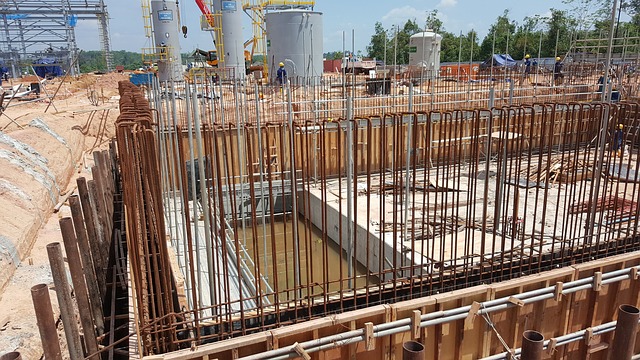Underpinning procedures involve expanding an existing foundation so it rests on deeper soil strata with increased bearing capacity, often for various reasons. This could be essential.
Underpinning Melbourne is an intricate and important process that should only be carried out by qualified structural engineers. There are various approaches for underpinning foundations; these can be divided into categories for easy reference.
The Pit Method
The pit method or mass concrete underpinning is one of the oldest and most traditional approaches to underpinning. This involves excavating an existing foundation until a stable layer of soil has been reached before filling it back in with concrete. To ensure that any load transferred safely between old and new foundations can be transferred safely between them safely, a dry pack of sand and cement acts as an intermediary pin between them.
Geotechnical engineers assess soil composition to identify an ideal depth that won’t negatively affect structures or foundations, helping keep them strong.
Angle piling is another method, employing concrete piles to reinforce an existing foundation without necessitating extensive excavation, so as to cause minimal disruption of existing buildings. It is ideal for older structures that need repurposing; or can even be used to improve structural integrity without increasing footprint size.
The Needle Method
This method underpins walls by driving piles at regular intervals on both sides of an existing wall, punctured with needles to form a concrete beam that distributes load across soil strata – particularly beneficial in clayey or waterlogged conditions.
Underpinning is an excellent solution when the foundation is weakening but not yet collapsed, or when its use requires alteration to accommodate greater loads than its current foundation can support. It may also help when changing purposes necessitate re-underpinning of an older building to support increased loads.
Starting out by installing two micropiles at a specified distance from the building with a piling rig, cut a hole large enough for an RCC cantilever needle beam to enter into. Push this beam through as though pushing through cloth before sealing with cement mortar to form the foundation wall hole and complete installation.
The Driven Piles Method
Driving piles differ from traditional drilled pilings by being prefabricated and constructed according to precise tolerances, using high strength materials with proven quality controls for fast and efficient installation.
Driven piles can be prefabricated off site and installed quickly at challenging site conditions such as those exposed to water or earthquake activity, expediting project completion without delays due to concrete curing delays.
Followers can be used to absorb some of the energy generated by pile hammers and increase efficiency when driving piles in water, yet many contract specifications stipulate that initial piles at each location be driven without followers in order to compare with operations employing followers. Drive records must then be compared between operations using followers or not, and any pile that doesn’t meet design criteria should undergo restrike testing to reveal any changes in soil resistance and ascertain whether changes need to be made to its dimensions (cross section and length).
The Divider Method
Underpinning is a complex building technique which involves deepening existing foundations to disperse their loads over a larger area of soil strata, in order to strengthen weak foundations by resting them on deeper layers with greater bearing capacities and thus prevent movements or settlements in properties. Underpinning is a time-consuming and costly repair task which requires in-depth knowledge about current situations affecting foundations; for this reason it is advised to hire professional underpinning service providers as repairs for this service can often take several days before being complete.
The Divider Method of underpinning utilizes needle pillars to support existing walls. It’s ideal for clayey soils and waterlogged environments, where holes need to be drilled in walls for steel or concrete needles to drive into both sides of them and act as pile caps. Furthermore, this approach may also be suitable for long walls that other methods cannot support as it’s less intrusive than other techniques.


